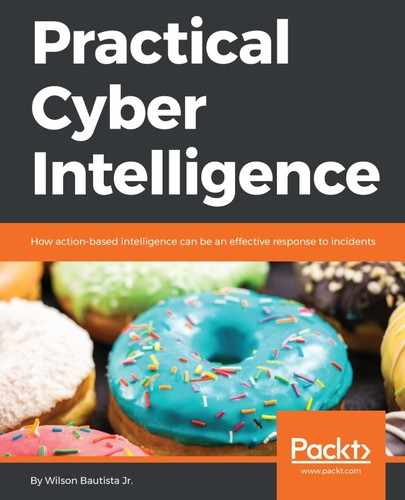Recognitional decision-making is taught using Boyd's cycle, also known as the OODA Loop:

- Observe:
- Situational awareness of yourself, your environment and your adversaries; noting any changes surrounding those variables.
- From a security perspective, consider tool sets used by an adversary who scans a network, actively looks for vulnerabilities, tracks their targets, and is looking at what their target is doing or is about to do. In this regard, the defender can begin to anticipate future moves and get into the mind of the adversary.
- Orient:
- After observation, we begin to develop a mental image of the situation thus gaining awareness
- With this, we recognize that a decision is necessary in order to influence the situation
- We will diagnose, recognize, and analyze changes in the environment
- Decide:
- After recognition that a decision is necessary, a course of action is determined
- In this case, decisiveness is sought, frequently with an acceptable degree of risk
- Effective and succinct communication of this decision is key when we talk about leading subordinates
- Act:
- Timely and tactically sound decisions are useless alone
- In order to influence the situation effectively, leaders must turn decision into action in a time competitive environment
Every organization has their version of the OODA Loop. Every adversary has their version of the OODA Loop.
This decision-making model can be used in organizations to think about their ability to perform each step in the loop:
- What is the problem?
- Is my organization capable of observing a problem?
- Can my team(s) orient themselves in a position to address the problem?
- Who is responsible for making the call?
- How quickly and efficiently can we address the problem?
Decision-making is not a simple process in communicating. With so many components that are interfacing with each other, it is challenging to get a consensus on a topic without impacting another stakeholder. If business is a battlefield, it is wrought with uncertainty for a security leader of where to put their time and energy into. Using the concepts from maneuver warfare, we can begin to define how these tenets are applicable to our situation.
